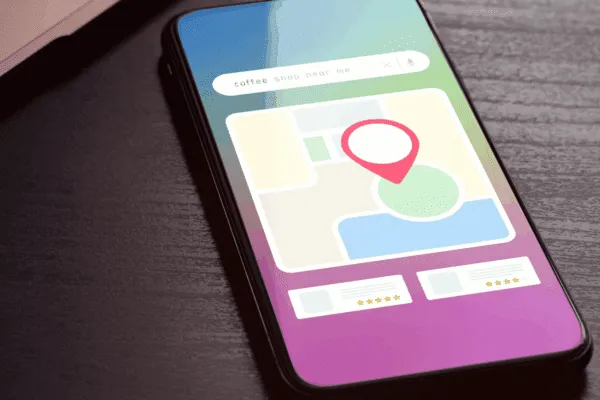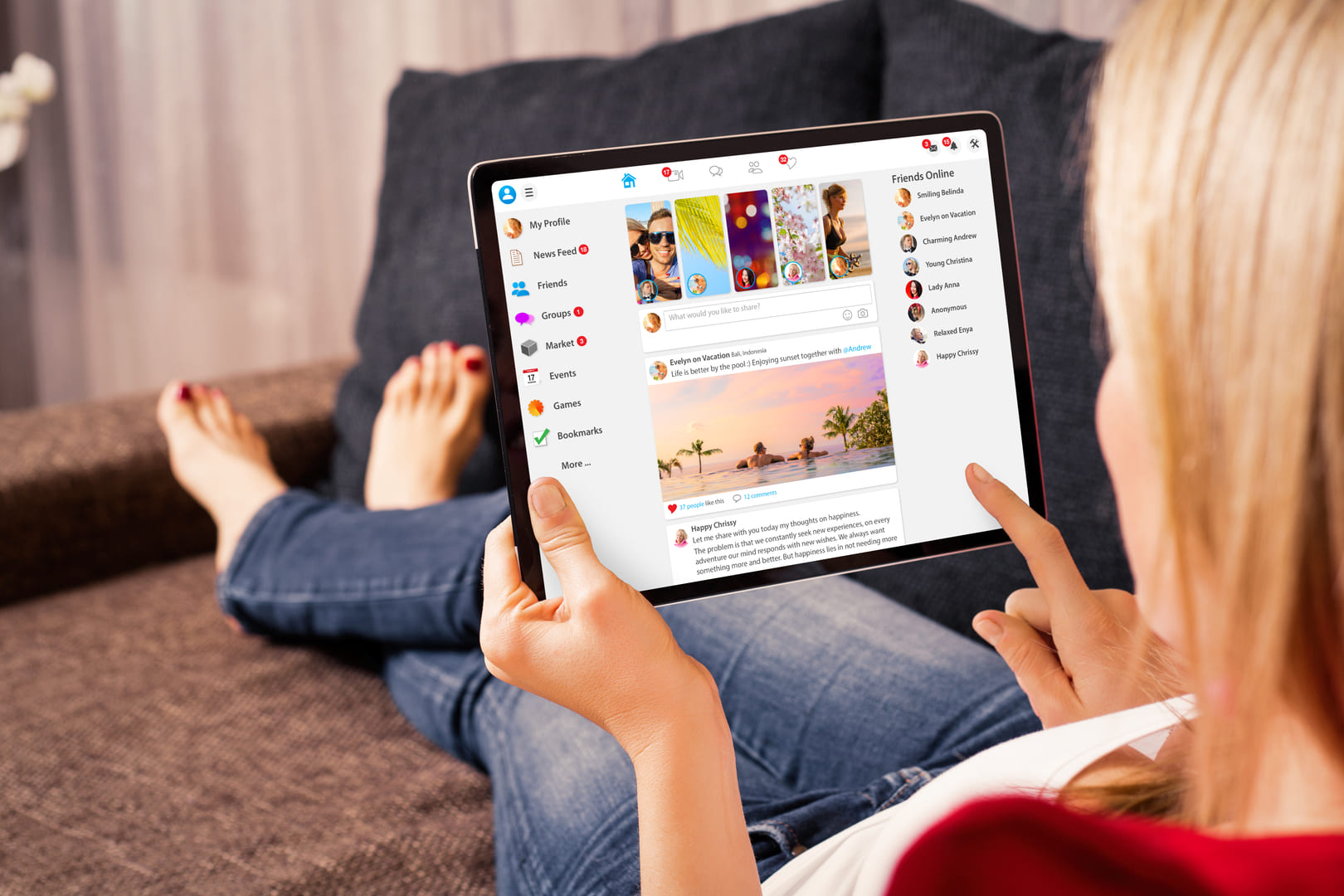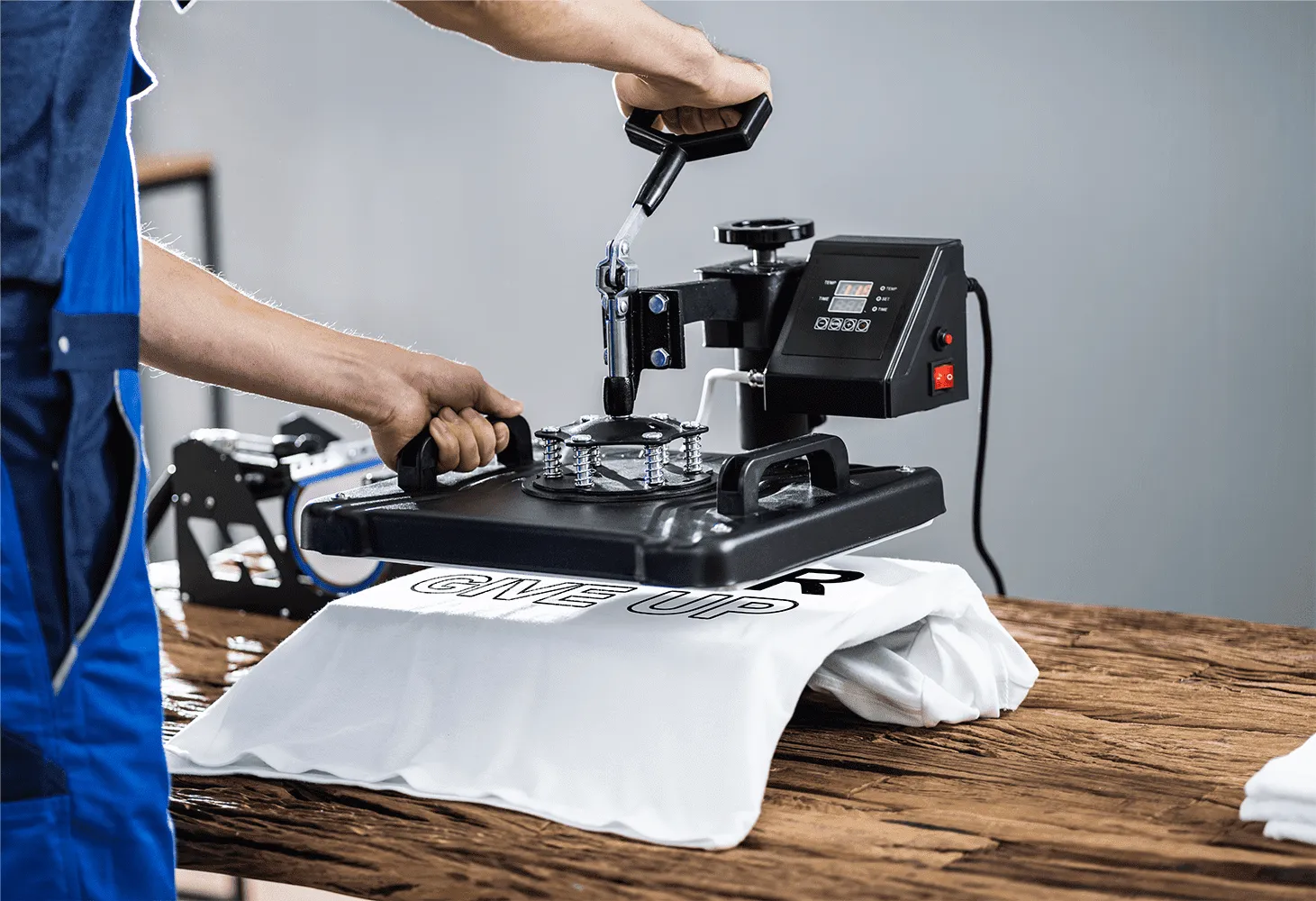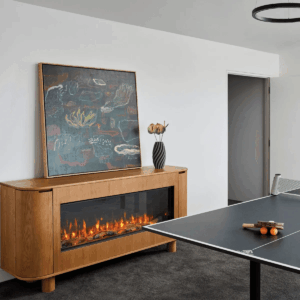For a lot of small business owners, the website is treated like a once-off task. You get one built, chuck your logo and services on a few pages, and call it done. But this approach is costing you – in visibility, credibility, and ultimately, in sales.
Web design isn’t just about making things look nice. It’s about building trust, converting visitors into paying customers, and staying competitive in a digital-first world. Your website is often the first experience someone has with your business – and in many cases, the only one before they decide whether or not to engage.
Here’s why it’s time to take a much closer look at your web design – and what smart design can actually do for your bottom line.
First Impressions Happen Fast
People form an opinion about your website in less than a second. Harsh, but true. That impression – good or bad – directly affects how they perceive your business.
A cluttered homepage, awkward colour choices, hard-to-read fonts, or dodgy stock photos instantly make your business look less credible. On the flip side, a clean, modern layout with intuitive navigation builds confidence before the customer even reads a word.
This doesn’t mean you need to fork out a fortune for bells and whistles. But it does mean your site needs to look like it was built this decade. Minimal, mobile-friendly, and easy to understand beats flashy and confusing every time.
Your Website Works While You Sleep
Think of your website as your hardest-working employee. It’s on call 24/7. It doesn’t need breaks. It’s always pitching your services or products.
But here’s the catch – only if it’s designed to do that.
A well-built site doesn’t just show what you offer. It guides visitors toward taking action. Whether that’s calling you, submitting an enquiry, booking online, or making a purchase, your design needs to nudge people in the right direction – without making them think too hard.
If your contact button is buried, your forms are too long, or your pages take too long to load, you’re creating friction. And most users won’t push through it. They’ll leave and try someone else.
Mobile Experience Isn’t Optional
More than half of all web traffic in Australia now comes from mobile devices. If your website isn’t optimised for mobile – not just viewable, but actually designed with mobile users in mind – you’re missing a massive chunk of your market.
A mobile-friendly website:
- Loads quickly
- Resizes properly for different screens
- Uses legible fonts and tappable buttons
- Has simple menus for thumb navigation
If users have to pinch and zoom or scroll sideways just to read your text, they’re out. And fair enough. Would you tolerate that kind of experience from another business?
Responsive, mobile-first design isn’t a bonus anymore – it’s the baseline.
Slow Sites Kill Conversions
Page speed is one of the biggest silent killers of small business websites. A slow-loading site not only frustrates users but also hurts your rankings on Google.
Common culprits include:
- Oversized images
- Clunky animations
- Old-school sliders and carousels
- Too many plugins or widgets
The good news is that fixing site speed doesn’t usually require a full rebuild. A few smart tweaks – like compressing images, streamlining code, and ditching unnecessary add-ons – can make a big difference. And when your site loads faster, people stay longer, click more, and convert more often.
Design Plays a Role in Local SEO
You might think SEO is all about keywords and content, but design plays a big part too – especially for local businesses trying to rank in their area.
Google considers factors like:
- How fast your site loads
- How mobile-friendly it is
- How users interact with it (do they click around or bounce?)
If your design makes it hard for people to find what they need, or encourages them to leave quickly, Google takes that as a signal your site isn’t offering a good experience. That affects your rankings.
Smart design – with clear page structures, intuitive navigation, and focused calls to action – keeps users engaged, which in turn helps your visibility on search engines.
Credibility Lives in the Details
Consumers are naturally cautious. They want to feel confident they’re dealing with a professional, legitimate business – especially if they’ve never heard of you before.
Strong web design builds credibility through:
- A cohesive brand look (consistent colours, fonts, and logos)
- Clean layouts with proper spacing
- Clear and simple language
- Trust signals like testimonials, reviews, or certifications
- Visible contact info – including a phone number and physical location if relevant
Even something as simple as having a professional email address (not a Gmail or Hotmail account) linked on your site can boost trust. These little details add up to a much bigger impression.
Final Thought
Small business websites don’t need to be fancy. But they do need to be functional, clear, and fast. They need to inspire confidence, make it easy to take action, and work well across all devices.
If you treat your website like a critical part of your business – not just a digital business card – you’ll start seeing better results. More leads. More calls. More customers who already trust you before they pick up the phone.













